-
David Farkas wrote a new post, Apple Issues OS X Yosemite Update to Fix Photos App Issues with Leica M246 DNG Files 9 years, 6 months ago
Apple delivered a fix to their Photos App in the latest OS X Yosemite 10.10.4 Update. This addresses the problem of the Photos App or Aperture crashing when trying to import Leica M Monochrom (Typ 246) DNG files. […]
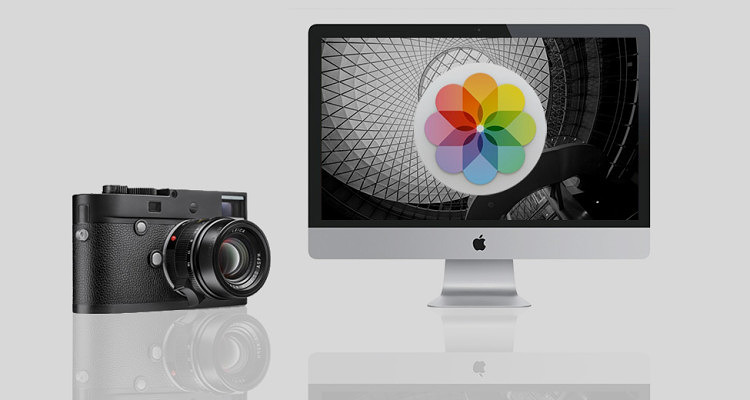
-
Josh Lehrer wrote a new post, Leica USA Extends Limited Time Savings Program 9 years, 6 months ago
Today, Leica Camera USA has announced that the Exchange Rate Savings Program, which has lowered the prices of nearly all Leica photographic products* has been extended until July 31, 2015. The full details of the […]
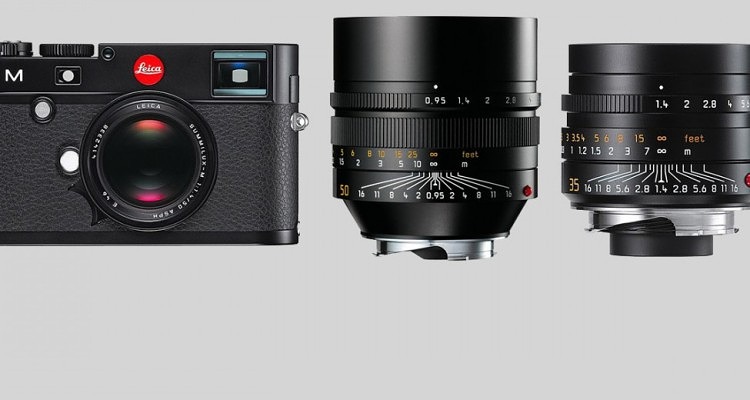
-
David Farkas wrote a new post, Leica Q (Typ 116) Review: A Full-Frame Mini M 9 years, 6 months ago
Back when the X Vario was introduced and initially teased as a mini M, many were disappointed. The X Vario (Typ 107) ended up being a great camera, an X with a zoom, and a stellar zoom lens at that, but certainly […]
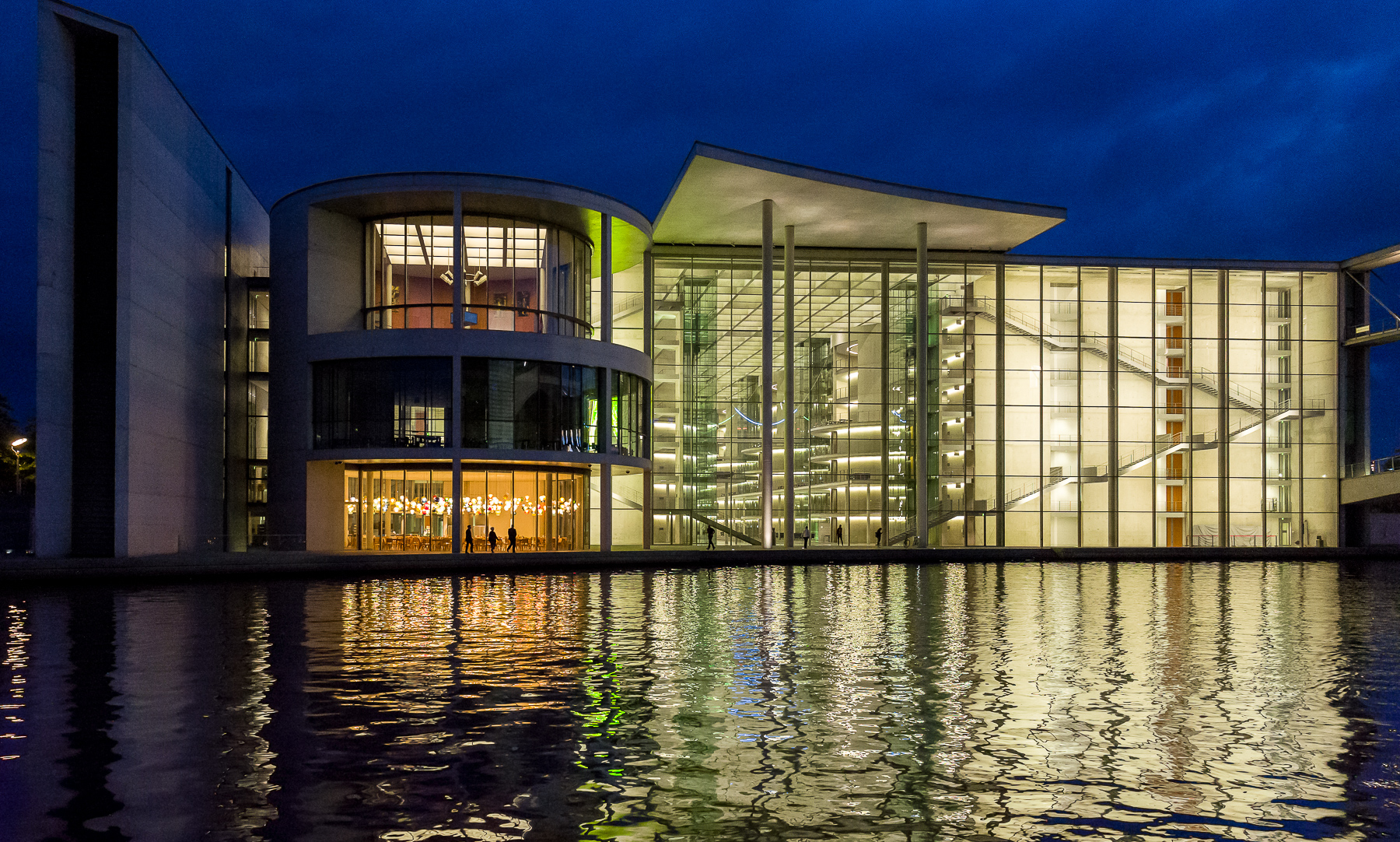
-
Josh Lehrer wrote a new post, Leica Announces the Leica Q (Typ 116) Full-Frame Digital Camera 9 years, 7 months ago
Today, Leica Camera has announced the new Leica Q (Typ 116). The Leica Q is a full-frame, 24 megapixel digital camera with a fixed, 28mm f/1.7 lens, ultra-fast auto focus with a macro setting, high-resolution EVF, […]
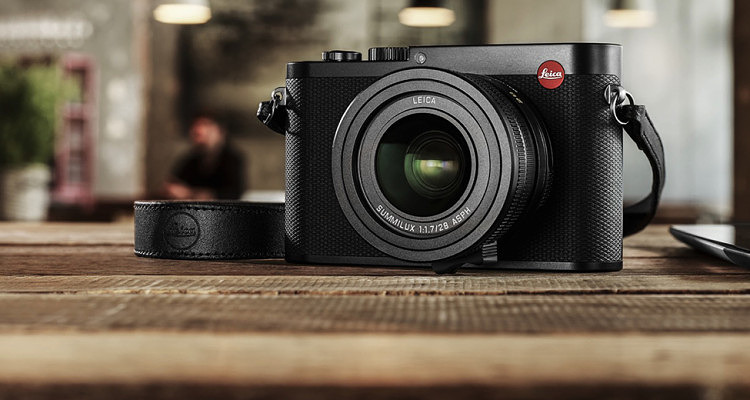
-
I am worry about sales of 28mm f1.4 asph, f2 asph or f2.8 asph.
-
While there are likely several compact cameras available with fixed 28 mm (effective focal length) lenses, the one I remember best was the Nikon Coolpix A, which I used for some time. It did a good job for me, although I thought the images were slightly sterile or ‘technical'-looking. This new Q (which is on the way to me now) should improve greatly on that other 28 mm experience, having a full-frame sensor, a Leica lens, and a processing engine that produces a better overall look.
-
-
David Farkas wrote a new post, B&W ISO Showdown: Leica M Monochrom (Typ 246) vs. M Monochrom (M9) vs. M (Typ 240) 9 years, 7 months ago
During my testing of the new Leica M Monochrom (Typ 246) in NYC and New Orleans, I was blown away by the camera's high ISO ability, so I wanted to see how it stacked up against the original M Monochrom based off o […]
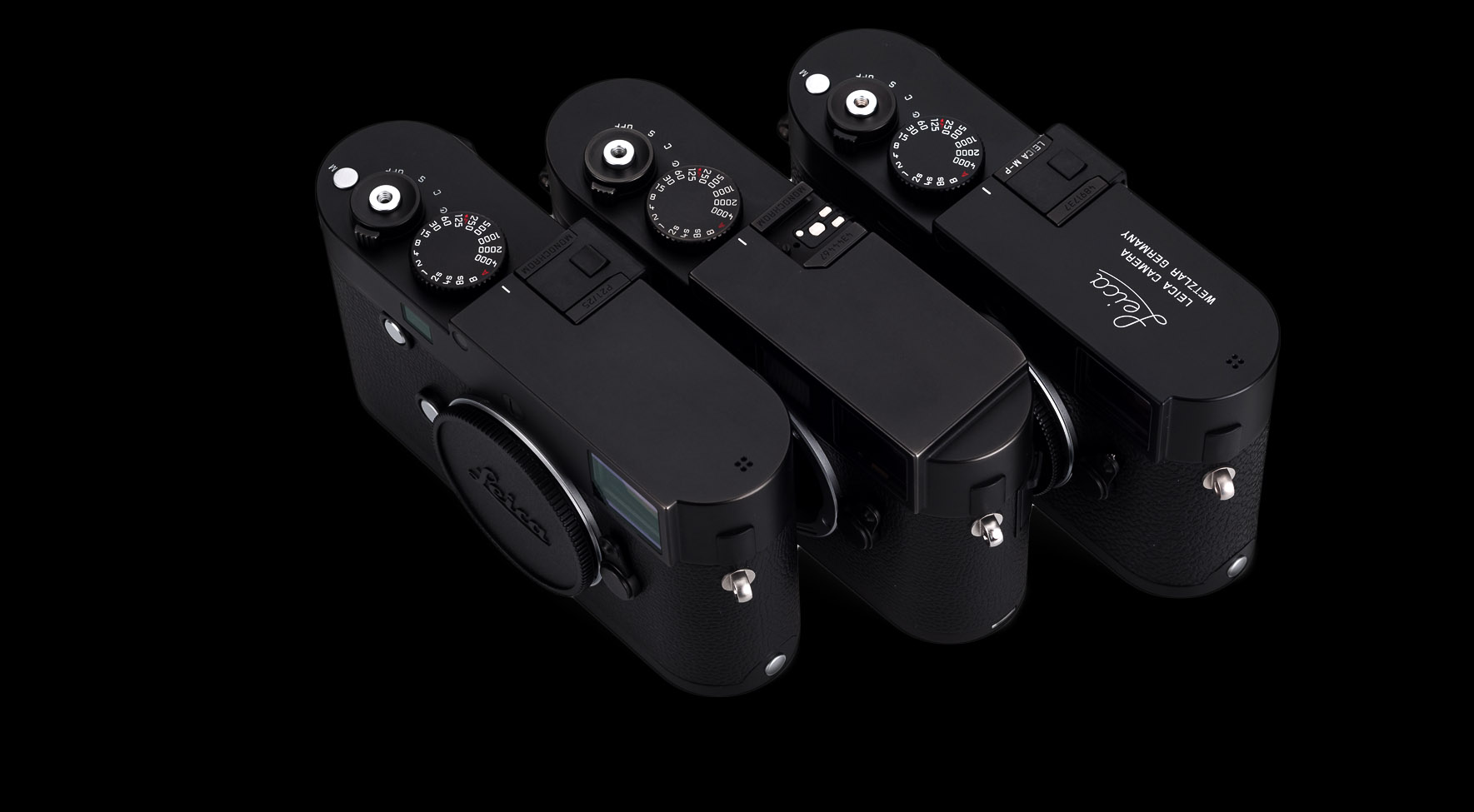
-
While controlled ISO testing like this doesn't directly impact “taking pictures” per se, it does let users or potential users understand the performance envelope of this camera vs. other cameras. I suppose the same argument could be made as to why car reviewers measure 0-60 times and lateral acceleration, among other benchmarks. They are a good measure of relative performance. Personally, I do prefer going out and shooting actual pictures. If you read my Leica M Monochrom (Typ 246) Review, you'll see I have no shortage of real-life pictures taken in a variety of situations.
-
-
Josh Lehrer wrote a new post, Thumbs Up EP-60 Titanium for Leica M Edition 60 Released 9 years, 7 months ago
Match Technical Services has released a unique new item: the Thumbs Up EP-60 Titanium. Designed specifically for the Leica M Edition 60 camera, the EP-60 is made from solid titanium and is media blasted to give it […]
-
David Farkas wrote a new post, Update on Leica M Monochrom (Typ 246) DNG Files and Mac OS X Yosemite Photos App 9 years, 7 months ago
Here's a little better news for Mac OS X Yosemite users who want to process their Leica M Monochrom (Typ 246) DNG files in either Apple's new Photos app or in their existing Aperture library. Apparently, even […]
-
Josh Lehrer wrote a new post, Leica Announces Leica Summilux-M 28mm f/1.4 ASPH Lens 9 years, 7 months ago
Today, Leica Camera has announced the highly-anticipated Leica Summilux-M 28mm f/1.4 ASPH lens. First seen as part of the limited-edition Leica M Set Edition “Leica 100” announced one year ago at the opening of […]
-
Josh Lehrer wrote a new post, Leica USA Extends Limited Time Savings Program 9 years, 7 months ago
Today, Leica Camera USA has announced that the Exchange Rate Savings Program, which has lowered the prices of nearly all Leica photographic products* has been extended until June 30, 2015. The full details of the […]
-
Josh Lehrer wrote a new post, Leica Monochrom (Typ 246) DNG Files Currently Incompatible with Apple ‘Photos’ App 9 years, 7 months ago
Today, Leica Camera has issued a notice regarding a compatibility issue with DNG files from new Monochrom (Typ 246) and Apple's Photos App. From Leica:
Leica Camera would like to inform you that the Leica […]
-
OS X Yosemite definitely has the issue. Older version probably have it as well, but this hasn't been confirmed to my knowledge.
While there are certainly other programs that can open Leica DNG files, I've found the best results from Adobe Lightroom. Leica has been working closely with Adobe since 2008 and all Leica cameras come bundled with Lightroom.
-
Thanks, Mike.
-
Yes, this was fixed a while back.
-
-
Peter Dooling wrote a new post, Leica USA Offers Limited Time Savings 9 years, 8 months ago
Made in Germany, Savings in America
Leica Camera USA has announced the Exchange Rate Savings Program, a new consumer promotion offering savings on almost all Leica Photographic Products*. This promotion runs from May 1st, 2015 through May 31st, 2015 and is intended to compensate for the current strength of the US Dollar against the Euro.
Please don't hesitate to contact Leica Store Miami anytime with questions, either via phone at 305-921-4433 or via email. The promotion is scheduled to end May 31, 2015. To see the new lower pricing, click on any of the collections below:
Shop Leica M-System
Shop Leica S-System
Shop Leica X-System
Shop Leica Compact Cameras & Accessories
* The following Leica Photographic Products are excluded:
- 10789 – Leica M-P ‘CORRESPONDENT’ by Lenny Kravitz for Kravitz Design
- 10933 – Leica M-P (Typ 240) Set ‘Safari’
- 10930 – Leica M Monochrom (Typ 246)
- 11688 – Leica Summilux-M 50 mm/f1.4 ASPH, black chrome finish
- 11689 – Leica Summicron-M 35 mm/f2 ASPH, black chrome finish
-
Josh Lehrer wrote a new post, Leica Announces Leica M Monochrom (Typ 246) 9 years, 8 months ago
Today, Leica Camera has announced the new Leica M Monochrom (Typ 246), successor to the hugely popular Leica M Monochrom. The camera contains an essentially identical feature set to the recently released Leica M-P (Typ 240) but with the color filter array removed from the CMOS sensor for true, high-quality black & white imaging. Priced at $7,450, the M Monochrom (Typ 246) is expected to be available mid-May 2015. At the same time, Leica has also released a line of colored lens filters in both E39 and E46 sizes (available in July). The filters come in orange, yellow, and green and can be seen online here: New Leica M Color Filters.
A full review of the new camera is now live on Red Dot Forum with numerous sample images and analysis by David Farkas. The review can be seen here: M Monochrom (Typ 246) Review.
The official press release, from Leica:
The new Leica M Monochrom (Typ 246) is the first and only digital camera that captures a real black and white image, still or moving. Reduced to the essentials for true, authentic and direct black and white photography, the Leica M Monochrom offers unparalleled image performance, outstanding low light capabilities and rich details.
Black and white photography is the essence of photography. Leica produced the first first digital monochrome camera in the 35 mm format and the new Leica M Monochrom is a step into the next generation.
Sensor
The Leica M Monochrom has a 24-megapixel resolution on a monochrom CMOS sensor similar to the Leica M. As the M Monochrom has no need for color filters, it needs no interpolation for the calculation of luminance values. This results in brilliant images which have 100% more details and contrast than what is possible in color photography.
Up to ISO 25,000
The new Leica M Monochrom opens up new dimensions for available-light photography with its combination of low noise up to ISO 25,000, a bright viewfinder, a low-vibration shutter release and fast lenses.
Full Visual Control with Live View
The high-resolution 3” monitor with 921,600 pixels ensures that photographers have complete control of composition, exposure, focusing and depth of field. The Live View also offers two additional focusing methods. The up to 10x magnification in Live View Zoom mode enables full control of the sharpness of details in the image on the monitor or the closest focusing distance. In Live View Focus Peaking mode, sharply focused edges in the image are highlighted by colored lines.
Full HD Video in Black and White
The new Leica M Monochrom captures high-quality, full-HD video in black and white. With the optional Leica microphone adapter set, one can be assured of perfect sound.
2 GB Buffer Memory
With it’s high-capacity 2GB buffer memory and Leica Maestro processor, the camera captures sequences 3 times faster than its predecessor. In addition, the new processor enables extremely fast display of the captured images in review mode.
Sapphire Crystal Glass
The LC display is made of scratch-resistant and almost unbreakable sapphire crystal which has been treated with an anti-reflective protective coating that ensures that photographers can check their images in any lighting situation.
Accessories
All current M accessories for the Leica M (Typ 240) can be used with the Leica M Monochrom. These accessories include finger loops, electronic view finder, ever-ready cases, flash and straps. In addition, R-lenses can be used on the Leica M Monochrom with the Leica M-Adapter-R.
The Leica M Monochrom (Typ 246) can be ordered online here: Leica M Monochrom (Typ 246) or you can call Leica Store Miami at 305-921-4433. Don't hesitate to email us with any questions.
-
David Farkas wrote a new post, Leica M Monochrom (Typ 246) Review 9 years, 8 months ago
Many in the photographic community have speculated that it was only a matter of time until Leica made a monochrome version of the M (Typ 240), more commonly known as the M240. The original M Monochrom, perhaps now […]
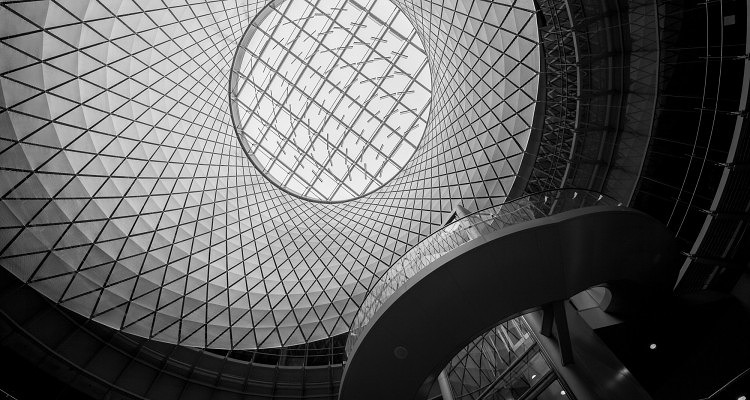
-
Excellent review David! I am looking forward putting my hands on El Jefe in the very near future!
-
Wow, what a complete and wonderfully timely review.
Looking forward to your S (007) review should you ever get one ahead of time.
Get some sleep now.
Jack -
Great review David.
As a two-year owner of the original M Monochrom I've been eager to see how the new CMOS version would compare, and your review shows us that exactly.
Impressive as it is, I will sit out this generation of M cameras and go forward for the next three years (or maybe six?) with the original M Monochrom and M-E, which both still do just about everything I want them too with the singular exception of clean high ISO in color, which isn't worth the cost of a dual upgrade or of dealing with two hardware systems and their respective batteries and chargers.
For me the world is the same as it was last week, M-E (M9) for beautiful color on good to moderate light, and M Monochrom for incredible black and white no matter the conditions. ISO 10,000 is high enough for anything I want to do except deep depth of field in low light, which just isn't a priority.
Great images by the way.
-
All of the images were processed in Adobe Lightroom CC (v6).
-
Sure. Here is a screen grab from my basic settings in LR for an M246 file:
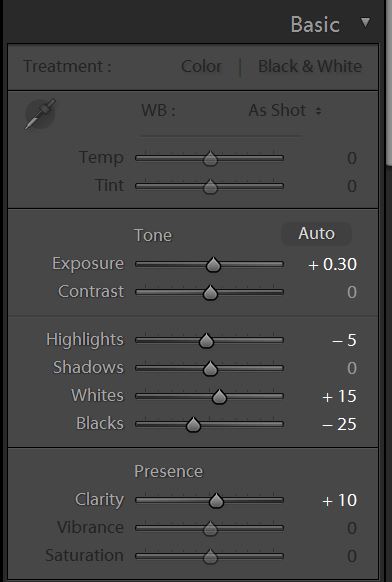
My biggest change is to pull down the blacks and bring up the exposure to compensate a little. I like rich shadow contrast. Really, though, these changes are fairly minor. Sometimes, I'll bring up the shadows or tone down the highlights more. It really depends on the image and my intended interpretation.
On the sharpening and noise reduction settings I use:
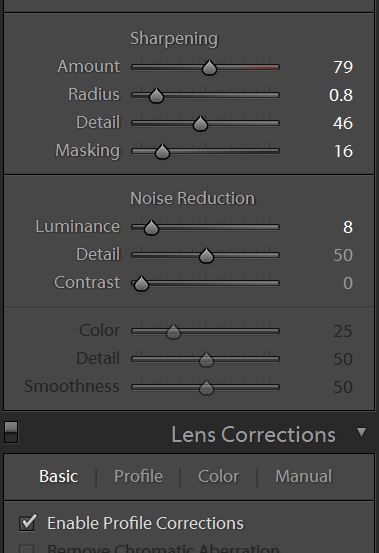
And that's about it. I don't change the sharpening settings, except at very high ISO, I will bump up Masking a little. And with NR, I will bring the amount up to 20-30 for shots above ISO 8000.
Hope this helps.
-
Did you try to turn off lens profile corrections in LR?
We first discovered a strange behavior in LR when processing M9M files a couple years ago when using lens profile corrections. Seems that there is sometimes some pattern noise introduced in B&W images with pulled up shadows. What was even stranger was that the artifacts were only visible once exported. In LR, at any magnification, the files were clean.
-
Some shots were manually set, but most were shot with Auto ISO, using Aperture priority.
-
Color filters work the same way on B&W digital as they do on film. The effect is much easier to accomplish in camera than in post processing.
-
Hi.
I am considering to Purchase a M 246 after reading your review.
I am a DSLR usar and I am kind of worried about the rangefinder and focus.
Do you have any recomendations about this transition?
Thank you!
-
My suggestion is to just jump in with both feet! The transition to rangefinder is fairly quick and painless. After a couple of days of real use, it will feel natural. After a week, it will become second nature.
-
-
You can't go wrong with the 50 APO. I switched from the 50 Lux to the 50 APO and never once regretted it. The bokeh of the 50 APO is still very nice and pleasing. The Lux will be a little softer, but will not be as sharp as the APO wide open. And on the Monochrom M246, the added sharpness really shows. Hope this helps.
-
I would welcome insight from others on processing software other than Adobe CC, PS, or LR with the MM246. Capture One appears to be not compatible and when I called their tech people they said they had no plans to do so, even though the M9 Monochrom is supported. Has anyone tried Luminar?
-
Joel,
Leica has a partnership with Adobe (since 2009), so the best results will usually be had using Adobe software for DNG image processing. Is there a reason you are looking for alternatives to Lightroom?
-
-
-
Josh Lehrer wrote a new post, Komaru Titanium Soft Releases Now Available at Leica Store Miami 9 years, 9 months ago
Leica Store Miami is now carrying Komaru Titanium Soft Releases, in both the raw and matte finishes, which are designed to fit all Leica M film and digital cameras including the M and M-P (Typ 240).
Komaru (‘little circle' in Japanese) is a 15mm titanium soft release button with an innovative dual contour design that incorporates both a concave and convex component. Each Komaru is individually machined, partly by hand, in an aeronautical-grade engineering workshop in Toulouse (France) from pure titanium.
Komaru offers better thread locking, due to the unique hardness of titanium TA6V. The thread cannot be misthreaded and can be screwed in tightly. This reduces the risk of unscrewing through vibration (leading to loss of the soft release). What's more, Komaru's short conical thread is compatible with all bodies, old or new, such as the latest Leica M models.
These soft releases are an excellent way to add a bit of flair to your M camera in addition to enhancing the ergonomics of the shutter release button. Not to mention they are almost weightless thanks to their titanium construction!
Komaru soft releases are available online at Leica Store Miami in two different finishes: raw or matte.
-
The raw version is the shinier silver one. The price is $59.
-
-
Josh Lehrer wrote a new post, Leica M (Typ 240) and M Lens Promotions Extended 9 years, 9 months ago
Today, Leica has announced that it is extending current promotions on the M (Typ 240) bodies and most M lenses until April 30, 2015. The promotions were originally set to expire on January 31, 2015. On M bodies, a […]
-
Josh Lehrer wrote a new post, LEICA ANNOUNCES T FIRMWARE UPDATE 1.310 9 years, 9 months ago
Today, Leica Camera has announced a firmware update for the Leica T (Typ 701): version 1.310. The firmware address a few minor bugs:
- Lens error with specific SD cards
- WLAN connection error (in case the SSID […]
-
David Farkas wrote a new post, Two Leica Lenses Announced in Black Chrome Finish – Only 500 of Each Will Be Produced 9 years, 9 months ago
Leica has announced that the Summicron-M 35 mm/f2 ASPH and the Summilux-M 50 mm/f1.4 ASPH are now available in a black chrome finish with red focusing scales. The 50mm Summilux is particularly interesting, as i […]
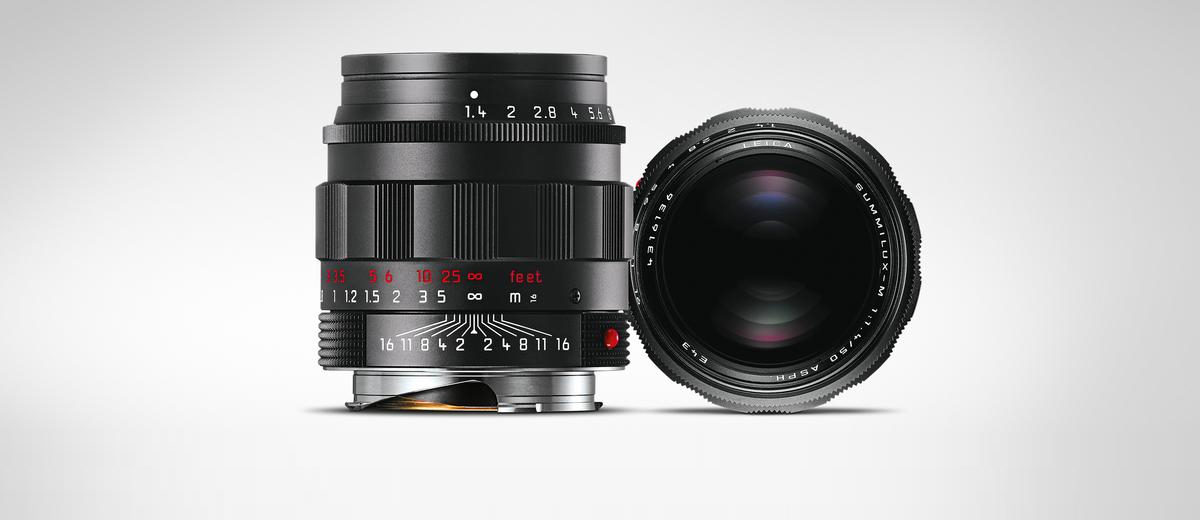
-
David Farkas wrote a new post, The Great Debate: CCD vs. CMOS – Part 3 9 years, 10 months ago
The results are in! Thanks so much to everyone who cast their votes in both Part 1 and Part 2 of this experiment.
The Experiment
To recap, I was testing the theory that images from a Leica CCD-based camera have a unique and instantly identifiable look and feel to the images. Many who hold this belief feel that this look cannot be achieved with a CMOS-based camera, regardless of post-processing efforts.
To conduct the test, I ventured out with both an M9 and an M240 while I was visiting San Francisco with my family for a couple of days at the end of February. After taking an image with one camera, I’d quickly swap lenses to shoot roughly the same picture with the other body using the same lens and equivalent settings.
Part 1: Head-to-Head Comparisons
For Part 1, I first processed the M9 files to look like what I’d expect M9 images to look like using my preset and personal preference. I then used the M9 images as a reference to adjust the corresponding M240 files and tried to achieve a rough match. Rather than use all the tools at my disposal to create an exact match, I opted instead to impose some limits. In the spirit of the experiment, I wanted to see if a match could be achieved without using any localized adjustments. No masking. No selections. No adjustment or gradient brushes. Instead, I used only overall image slider adjustments in Adobe Lightroom. After all, this test was not about how good my post processing skills are when given any and all tools and unlimited time. I wanted it to be realistic so that almost anyone with moderate Lightroom skills could produce the same results as I did. The pairs were then posted without metadata and were randomized in the order displayed.
Part 1: The Results
The results were certainly interesting. On the direct comparisons in Part 1, only 7 out of 19 (36%) match-ups were correctly identified. This is pretty telling. I received feedback from some users that they started taking the test and just gave up halfway through as they couldn’t see any significant differences and felt they were merely guessing. This is visible in the voting numbers, with almost 800 votes for the first set and about 450 for the last set (as of this writing).
There were some surprises for me, though. I was amazed that so many were able to accurately identify the M9 images in the Streetcar and Apartment sets. Roughly two thirds of the voters picked correctly on these. On the flip side, I was equally stunned that so many guessed incorrectly on two images which I felt were bound to be easier to pick due to their color ranges: Red Cards and Lombard Street. Most other pairs of images came in very close to 50/50. Keep in mind that this test wasn’t to determine which camera was more capable. It was to merely test the “CCD look” theory. The conditions purposely favored the M9, as the comparisons featured images taken in good quality, directional natural light with vibrant colors, and defined contrast. These kinds of punchy images at low ISO almost always look great from the M9.
Here are the raw voting results as of March 6, 2015:
Thumbnail
Which one was M9?
Votes
M9
M240
Margin
Correct?
Streetcar – 1
796
60.7%
39.3%
21.4%
Yes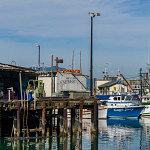
Fishing Dock -1
735
56.1%
43.9%
12.2%
Yes
Life Preserver – 1
703
56.3%
43.7%
12.6%
Yes
Fishing Boat Bows – 2
670
47.6%
52.4%
-4.8%
No
Bay Boat Tour – 2
620
46.5%
53.5%
-7.0%
No
Sailboats in front of Alcatraz – 1
563
46.7%
53.3%
-6.6%
No
Magenta Tulips – 1
557
49.2%
50.8%
-1.6%
No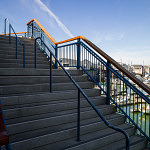
Steps – 2
533
47.5%
52.5%
-5.0%
No
Pier 39 – 1
518
54.2%
45.8%
8.4%
Yes
Church Windows – 2
505
49.9%
50.1%
-0.2%
No
Scarves – 1
489
52.6%
47.4%
5.2%
Yes
Red Cards in Bin – 2
460
43.0%
57.0%
-14.0%
No
Slippers – 2
450
45.8%
54.2%
-8.4%
No
Skyscraper – 1
443
46.5%
53.5%
-7.0%
No
Modern Building – 2
438
47.5%
52.5%
-5.0%
No
Gate – 2
430
48.8%
51.2%
-2.4%
No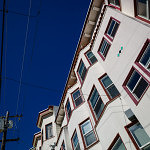
Apartments – 1
418
62.7%
37.3%
25.4%
Yes
Walkway with Purple Flowers – 2
437
51.9%
48.1%
3.8%
Yes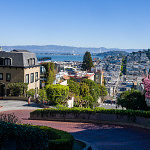
Lombard Street – 2
458
42.4%
57.6%
-15.2%
NoPart 2: Single Images
For Part 2, I wanted to take a slightly different approach. I was on vacation and as such, didn’t shoot soley for the sake of making image comparison sets. At a certain point, this kind of shooting gets fairly tedious. Once I knew I had enough material for the test, I just focused on having fun taking pictures like I would normally do in a great shooting locale like San Francisco on a gorgeous day.
For these single images, I processed with respective presets for each camera and my personal taste, picked some of my favorites and posted individual photos. The challenge this time was to correctly identify which camera was used to produce each image. And because, for me, the head-to-head test was over, I allowed myself to seek out a broader range of subjects and more candid scenarios that didn’t only suit the M9. Shots were taken at night, at high ISO, and indoors under artificial lighting. As indicated by the votes on the images, most people erred on the side of picking the M240 for these types of shots. And even with these obvious examples, only 55% of the images were correctly identified. I will say, though, that swings in preferences were much more pronounced than in the head-to-head comparisons of Part 1.
Part 2: The Results
I didn’t set out to make this a segment full of trick questions, but unfortunately, I only had two images from the M9 during my free shooting time that I felt were worthwhile to post. Why? Well, frankly, the M240 was more fun to shoot with, so that’s what I used for 90% of my shooting even though I carried both cameras with me. It’s faster. I can use the EVF for precise composition. The LCD screen allows more accurate review. And, ironically, the CMOS sensor fares far better in poor and mixed light and is vastly superior for high ISO shooting. So, if you voted/guessed that every image was taken with the M240 you’d have scored way, way above the average.
Here are the raw voting results, again from March 6, 2015:
Votes
M9
M240
Margin
Correct?
Which Camera?Cigar Store Café
314
41.4%
58.6%
17.2%
Y
M240Washington Square Park
300
62.3%
37.7%
-24.6%
N
M240Julie on Cable Car
303
30.7%
69.3%
38.6%
Y
M240Yellow Tulips
280
45.0%
55.0%
10.0%
N
M240Two Guys at the Pier
281
62.6%
37.4%
25.2%
Y
M9Red and White Fleet Sign
272
45.6%
54.4%
-8.8%
N
M9Red Light Gauges
258
33.7%
66.3%
32.6%
Y
M240Old Dial pn Sub
261
41.8%
58.2%
16.4%
Y
M240Sub Engine Gauges
256
55.9%
44.1%
-11.8%
N
M240Battle Telephone
243
46.5%
53.5%
7.0%
Y
M240SS-383 Conning Tower
251
58.2%
41.8%
-16.4%
N
M240Leaving Museum
243
62.6%
37.4%
-25.2%
N
M240Pier at Sunset
253
35.6%
64.4%
28.8%
Y
M240Ghiradelli Square at Night
246
48.4%
51.6%
3.2%
Y
M240Sunset on the Beach
239
56.9%
43.1%
-13.8%
N
M240Sophia with Hat
245
37.6%
62.4%
24.8%
Y
M240Angled Street
228
45.2%
54.8%
9.6%
Y
M240City View out of Round Window
221
62.4%
37.6%
-24.8%
N
M240Coit Tower Windows
224
57.6%
42.4%
-15.2%
N
M240Coit Tower Looking Up
223
40.8%
59.2%
18.4%
Y
M240Red Car
227
51.1%
48.9%
-2.2%
N
M240Modern House on Lombard
222
60.8%
39.2%
-21.6%
N
M240Loading Bay
218
44.0%
56.0%
12.0%
Y
M240Parking
217
42.4%
57.6%
15.2%
Y
M240Hallway
199
43.7%
56.3%
12.6%
Y
M240Fishmonger
206
50.5%
49.5%
-1.0%
N
M240Drydock
203
40.9%
59.1%
18.2%
Y
M240The Embarcadero
200
55.5%
44.5%
-11.0%
N
M240Roll Your Own
207
59.9%
40.1%
-19.8%
N
M240Red Door
205
47.3%
52.7%
5.4%
Y
M240Shadow Tree
217
56.7%
43.3%
-13.4%
N
M240Admittedly, many of the M240 images do indeed look like they were taken with the M9. This wasn’t because I was trying to play games or fool anyone. The files ended up this way because I liked the way they looked. Remember, on these images I didn’t have a known aim point. Processing, for me, as I imagine for many other photographers, is highly personal and subjective. Very, very few areas of photography benefit from “accurate” color or tone. Almost all disciplines of our fair art form take liberties to represent our own unique visions. Even before digital, we used filters to alter color or contrast, shot various film types with no two emulsions offering the same visual fingerprint, employed different chemistry to achieve a specific look, and messed around in the darkroom for hours to create our desired finished vision. I make no apologies for editing my images to suit my tastes. And, furthermore, I think that the pursuit of a mythical “accurate” or “neutral” result out of camera with no processing doesn’t jive with the most basic tenets of photography, be it film or digital. This quixotic quest, while appearing reasonable and noble, doesn’t make better photographs. But I digress.
Looking at the results from Part 2, images like Washington Square Park, Roll Your Own, Modern House on Lombard and City View Out of Round Window fooled around two thirds of voters. Other images that are well-suited to the M240, like Julie on Cable Car, which was taken at ISO 1000 shooting into a heavily-backlit scene seemed a bit more obvious with almost 70% picking that one accurately. From my experience, an M9 would not have been so graceful here. Likewise, most people picked the M240 for the submarine interior shots, which were handheld at ISO 1600, except for Red Light Gauges, which was taken at ISO 2500. Shots where I left the files more open and airy, rather than pulling down the darker midtones like Coit Tower Looking Up, were also correctly identified as M240.
The reality is that I am quite fond of images that I’ve taken with both the M9 and the M240. I never really took to direct comparisons as I wasn’t displeased with the different look offered by the M240. In my particular workflow, I apply my own homegrown import presets based on camera model when I bring my DNG files into Lightroom. I have presets for S, M9, M240, M Monochrom, X Vario, T and D-Lux. If you don’t already use presets, I urge you to incorporate these into your own workflow. By applying baseline corrections and settings that you’d use anyway, you’ll save considerable time when processing a large number of files. And, perhaps more important to me, is that I am able to get a better idea of an image’s worth as the untouched files already have a look that I like and expect. This makes selection and editing a more streamlined process.
No such thing as out of camera
In spite of what you may have heard, there is no such thing as “out-of-camera.” It doesn’t exist. A sensor is a collection of monochrome pixels. The Bayer filter, or color filter array (CFA), over the sensor allows the camera to see color. But, only 1/3 of the color information is actually being captured. The rest is interpolated. This process of interpolation is called demosaicing, whereby a coherent full-color image is generated from the individually colored pixels. The software opening the RAW file performs the interpolation and renders colors based on input profiles and the type of algorithm used, along with any “secret sauce” the software might put in. For Leica M files, Lightroom has two different built-in profiles (Embedded and Adobe Standard), or you can make your own. You can also change the rendering process version (2012, 2010, 2003) and see different results.
So much is done to manipulate the file before you ever open it in Lightroom or ACR or Capture One or Aperture. Pretending that what the program shows you by default is somehow virginal or unmolested is the stuff of fantasy. Does it benefit the photographer when the default image shown in Lightroom is close to the look they want without much editing? Of course, and this is a testament to the program’s algorithms and camera profile. But, it isn’t everything. Users can make their own camera profiles and their own presets to change the default “out-of-camera” behavior.
Personally, I don’t take much stock in tests talking about or showing out-of-camera results with no post processing of any kind (although there is always much processing performed before this by the software), just as I never took to judging negatives off the processing line, without first making prints with my own set of corrections.
Lessons Learned
I learned quite a lot about both the M9 and M240 during this test. I was pleasantly surprised to rediscover the M9. The camera can indeed produce some really stunning images under the right conditions. To its credit and, in line with what CCD supporters say, the color palette produced by default in Lightroom (after my preset application) is extremely pleasing in most cases. Images have a bite and saturation that is very attractive. Deep blues, thick midtones and punchy highlights add to the M9’s inherent per-pixel sharpness. In daylight shooting with good, directional light and a scene with saturated colors, the M9 is truly hard to beat. Even though the camera is going on six years old, it still produces images that keep pace with the best. Its weakness, due to its CCD sensor, is low light performance. If your shooting needs don’t dictate the need for ISO 3200 and you've got some fast M glass to boot, well, by all means, the M9 can still work its magic for you.
The M240, for its part, puts out smoother, more nuanced files that hold more dynamic range, a gentler highlight roll-off and cleaner shadow information. Blowing highlights on the M240 can be done without ruining the entire image as there is a certain glow and transition, rather than a clipped, sharp edge look as in the M9. Shooting strongly backlit subjects or even directly into bright light sources is a fun and fruitful experience, not a painful one, especially when paired with highly flare-resistant lenses like the 35mm f/1.4 Summilux-M ASPH FLE.
Under less-than-ideal scenarios in artificial or low light, the M240 wins hands-down. It handles mixed light sources better, although its AWB seems to be slightly on the warm side under most scenarios. A WB Adjust feature on the camera could easily solve this tendency. Shadow noise is well-controlled at higher ISO settings, as is overall image tonality.
In post processing, the M240 files can withstand much more modification without breaking down. They have more highlight and shadow recoverability and more malleability overall. This test, at the very least, demonstrated the relative ease in which the M240 files could be made to mimic M9 images. This isn’t to say that you have to make M240 images into M9 ones, just that you can, if this is the look you prefer.
What exactly did I have to do to the M240 to make them look like M9 ones?
Much of the variance between the two files relates to the openness/lightness of the M240 images. Drop the overall exposure about a stop, pull the blacks down while opening shadows a bit, bump the whites while pulling in the highlights and you are getting close. I also noticed that M9 images tended to have warmer highlights with neutral/cool shadows. To achieve this, I warmed up the white balance and counteracted the warm shadows by using the Split Toning tool to cool the shadows off a bit using no more than 7% saturation. The blues on the M9 images also have a certain deeply saturated look. To hit these tones, I used the HSL tool to increase saturation, drop luminosity and very slightly push the hue towards cyan on the blue channel. There is nothing wrong with the more pure blues of the M240, but to emulate the Kodachrome-like blues of the M9 takes mere seconds, if that's your speed. For images with deep reds and purples, a little hue modification on the red, purple and magenta channels did the trick, but such changes are only necessary if you are really trying to get a close match. Doing so isn’t needed to fix any deficiency.
To put it simply, I feel that the biggest differences in the two files could be erased with more shadow contrast, running the exposure darker and applying a slightly different white balance.
I ended up making a preset that worked on most files, with only minor tweaking required past that. I also needed to adjust the white balance to match as both cameras were shot with AWB. Personally, I find that merely adjusting WB by eye, rather than using the eyedropper is more effective. Again, the most accurate result isn’t always the most pleasing one.
Why did I post the images in sRGB?
There were some concerns that I used sRGB to display the image comparisons. The reality is that almost all people participating in this test used either a MacBook Pro or iMac with Retina screen. These screens are calibrated to provide 99% sRGB with some level of accuracy. Yes, I’m sure some viewers are using NEC Spectraview and Eizo monitors with AdobeRGB (1998) color gamut, but these would be the exception, not the rule. Posting the images in AdobeRGB (1998) might have caused color inaccuracies for most users and resulted in very little additional color information. Most printing is severely gamut limited as well, with CMYK offset printing offering far less than sRGB. Photographic printing techniques using laser or LED illumination are closer to sRGB, but still shy of this gamut. Some inkjet printer/paper combinations offer a gamut closer to AdobeRGB (1998) but again, this is isn’t necessarily how most are viewing or displaying work. My working space wasn’t sRGB, which definitely would have restricted the available colors from the files. Rather, the output space was sRGB while the working space within Adobe Lightroom was ProPhoto RGB.
Remember the original hypothesis being tested was to see whether there was a clearly identifiable difference between the images produced by the CCD-based M9 and the CMOS-based M240. If the “CCD-ness” is so obvious, being displayed in sRGB would hardly affect the outcome.
Final Thoughts
For me, and I imagine for many others who couldn’t tell a definitive difference between either the head-to-head match-ups in Part 1 or the individual shots in Part 2, the results of the experiment are fairly clear. To restate: the hypothesis being tested was to see if the CCD look is real, unmistakable and couldn’t be emulated in post processing. To this end, I think I have at least demonstrated that with just a small amount of global adjustments in Lightroom, M240 files could make for some convincing M9 shots. And while I will give credit to the M9 for the great images it is capable of capturing, the M240 is still a better overall system. I would advise against forsaking the usability and image quality benefits of the newer generation CMOS-based camera based on the conviction that the CCD-based M9 offers superior color rendering. As I already mentioned above, the M9 can turn out gorgeous images. This was never up for debate. In fact, for those that absolutely, positively, just adore the look of CCD, and hold the results of this test as even greater evidence of its superiority, then there is good news. Used M9s can be had for around $3,000 and Leica still offers a CCD-based camera brand new, the Leica M-E for $4,995.
But, I do believe that much of the public perceived shortcomings of the M240 look come from its inherent higher dynamic range, the resulting flatter default files, and some users not taking full advantage of both the malleability of the M240 DNG files and the flexibility afforded them in Lightroom. We live in a wonderful time for photography. Our tools in the field and in the digital darkroom are better and more elastic than they've ever been. As photographers, our vision is only limited by our own creativity. Perhaps it's time to put the CCD vs. CMOS debate to rest and just go out and shoot.
Thanks again to everyone who participated in this little experiment.
-
This is a very well-done study and should — but unofrtunately probably will not — quell the CCD proponents who insist that it is “better” than CMOS. Maybe different, but even the differences are small and to most human eyes, indistinguishable. That is proven by this little study. One of other the critical points David makes is that “out of camera” is pretty meaningless to discuss and that the image is a product of the system, including all of the processing done when the image is opened in a computer. That leads to his recommendation to profile to your taste, and I could not agree more.
The “out of camera” discussion led me to think about my old days with film (I started in 1959). Even with film there was no such thing as out of the camera. You could use different film developers, change dilutions, change development time, change agitation, etc. etc. And that just got you to a negative. Then you could use difference papers, filters in the enlarger, exposure time in the enlarge, developer bath for prints, etc etc. And that was for black and white too. Color just added to the variables. Everybody developed to their taste; there was no “right” or “wrong”. So too with digital. Better to spend time taking photos than debating CCD vs CMOS. Or D76 vs. Acufine (you have to be a certain age to know what that means).
-
I am assuming that this would be the same for the S 006 vs the S 007, so you don't have to do the test all over again with two S cameras.
But since the sensor in the 007 is not merely a bigger sensor than in the 240 but has other advances you have hinted about, I will look forward to you demonstrating the 007 sensor is much better, not just that it can mimic the 006.
-
Excellent David – Nicely done, but sadly I fear it won't make a jot of difference to the argument in general, It's hard to convert someone from an act of faith with an exercise in logic!
All the best
-
Ernie,
Check your email.
-
Hi David
I am evaluating whether to purchase an M240 or an M9 and a while I experiment with the machines of some of my friends.
I could also have the presets that you have created to emulate the M9 on M240 ?
Thank you
Antonio -
I really love these acticles about debate between CCD and Cmos. Very helpful.
I prefer CCD actually, but what you have done indeed fresh my impression with M240.
Since I sold my M9 and got a M-P, I really miss my M9.
Could you also kindly share the preset?
Thanks a lot!
-
-
I never really could care less what technology a sensor was using. I used a Leica M Monochrom and Nikon Df as my primary cameras, and recently sold the Df and Nikon glass to go all Leica (I also use Leica X Vario and X 113 for non-photography travel). With the Nikon gone, the choice was between a Leica M240 and M-E for color use alongside the M Monochrom.
CCD or CMOS wasn't even a factor. I went with the M-E in large part because I wanted a new camera instead of a used one and it was much more affordable, but also in part because it uses the same batteries and has the same menus as my M Monochrom, making it easier to switch between them. I recognize that the M240 has capabilities that the M-E does not, but other than higher ISO and dynamic range I really am not interested in any of those capabilities.
-
David
I too would like some help and would really value the presets you used. I've had my 240 for about a year now and its taken me ages to get to grips with so many differences especially focus, I had Nikon SLR before, so was really used to point and shoot. I had real worries for a while, but I've even got used to walking backwards and forwards!
Lightroom has been another trial and revealation, my poor wife's become a Lightroom widow.Kind regards
Simon
-
Simon,
No worries. I'll email you the presets to play around with.
-
-
No problem. I'll email them over to you.
-
The point isn't to say that there is anything wrong with the look of the M240 files. I like M240 files. I was attempting to demonstrate that perhaps the “CCD look” that some users love can be replicated in post processing from a CMOS sensor. In my mind, one is not necessarily better than the other. If you like the default rendering of the M240, use that. If you grew accustomed to M9 images, the same look can be achieved in Lightroom.
-
The M8 and the M9 have similar looks, but not the same. Some find that the M8 actually has slightly more per-pixel acuity, but the M9 also offered 80% more pixels so overall detail is superior with the M9. The M9 also has better noise performance and slightly more dynamic range than the M8.
-
David,
Excellent article.
If possible could I also get a copy of your LR presets?
I am debating on selling my M9 and picking up a used M240. Prices on M240 seem to be dropping pretty quickly I assume because of the new Q and the rumors of a new M coming out.Thanks again for all you do for the Leica community
-
06/05 /2015
Hello David , Really appreciate the article. Very much a no non-sense approach. I will be keeping my m9 but would love to have the pre set to see if they will assist with my other Leica tools. Thanks -
CMOS has come a long way in improvements, especially in Low light environments. All the HD Sony cameras we use, are CMOS now because they out perform CCD during strobe and light blooming from stage lighting. Going from crazy LED and Laser lighting to balanced Spots really tests the performance of the camera. Here is the example I use in the film classes https://youtu.be/kYFsFcIuBis
-
Hi David
I have re-read this article several times as I'm considering trading in my M240P for a M9 as i'm not totally satisfied with the files I'm getting from my M. After reading this article I believe it must be down to my Lightroom skills. I'm a novice when it comes to Lightroom; for this reason I have found myself shooting more film.
Would you also be so kind to email the presets for Lightroom so that I can experiment before I go and make an expensive mistake.
Great web site with very in depth articles.
Thank you.
-
Wonderful review of CCD vs Cmos comparison. I'm almost temted to use my m240 as i've been shooting m9 all along. Inspiring post processing work, well done! This article shows how it could be done with today's revolutionary digital darkroom that's available to us to create any “look” we want. I've try to emulate the m240 files to look like from ccd and couldnt find a solution to retire my troublesome ccd sensor for a while now. Your article is a true revelation to me. I am wondering If I can ask for your “presets” for M9 and m240 if possible. Thank you so much again!
-
Perhaps, but not everyone is adept at creating camera profiles. My goal was to see how close I could get the files using standard, everyday methods – ones which any Lightroom user could reasonably perform.
-
I just read this article and have been struggling with moving up to the 240 from my m9p. What a terrific job you did! Would you be so kind as to send the presets you used for m240. Regards, Jack
-
Thanks for the feedback. Presets on the way!
-
David, great! Will be using them right away!
-
-
No in 2020, I wonder how it would be compared to the M10, Which I think I've read somewhere that was designed with the M9 look in mind.
-
Of course, every camera looks a bit different. But, really, the M10 has some of the best color of all the digital M cameras. For presets, including the emulation preset, you can head over to my Lightroom Presets for Leica Cameras article. I've provided download links and usage instructions.
-
-
Josh Lehrer wrote a new post, Leica M-P (Typ 240) Safari Set Unboxing 9 years, 10 months ago
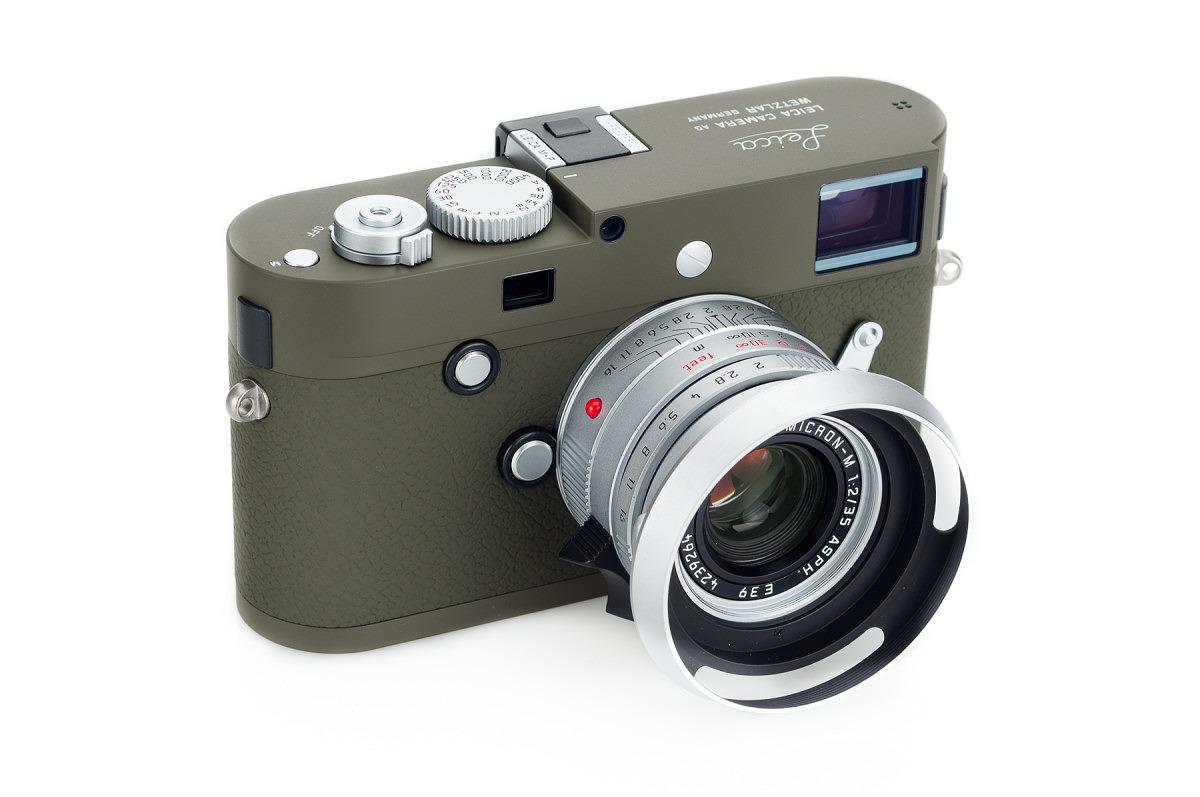 Today, we have received the new Leica M-P (Typ 240) Set Safari with Silver Summicron-M 35mm f/2 ASPH which was announced by Leica only a few weeks ago. Anxious to check out this gorgeous camera and lens […]
Today, we have received the new Leica M-P (Typ 240) Set Safari with Silver Summicron-M 35mm f/2 ASPH which was announced by Leica only a few weeks ago. Anxious to check out this gorgeous camera and lens […] - Load More

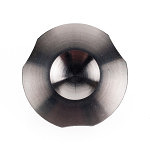
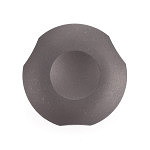
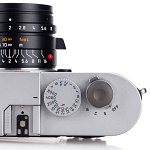
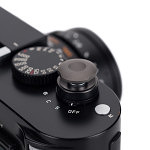
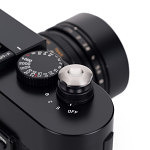
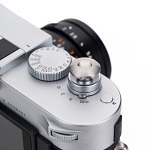

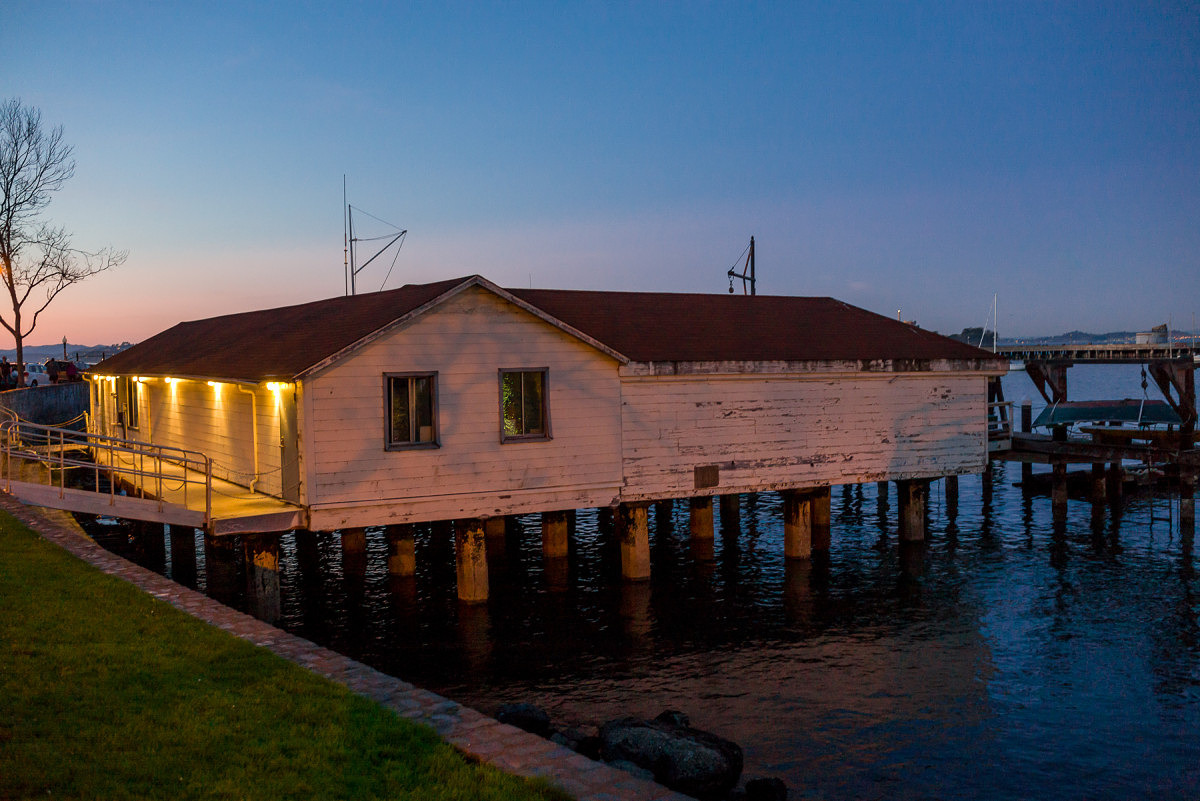
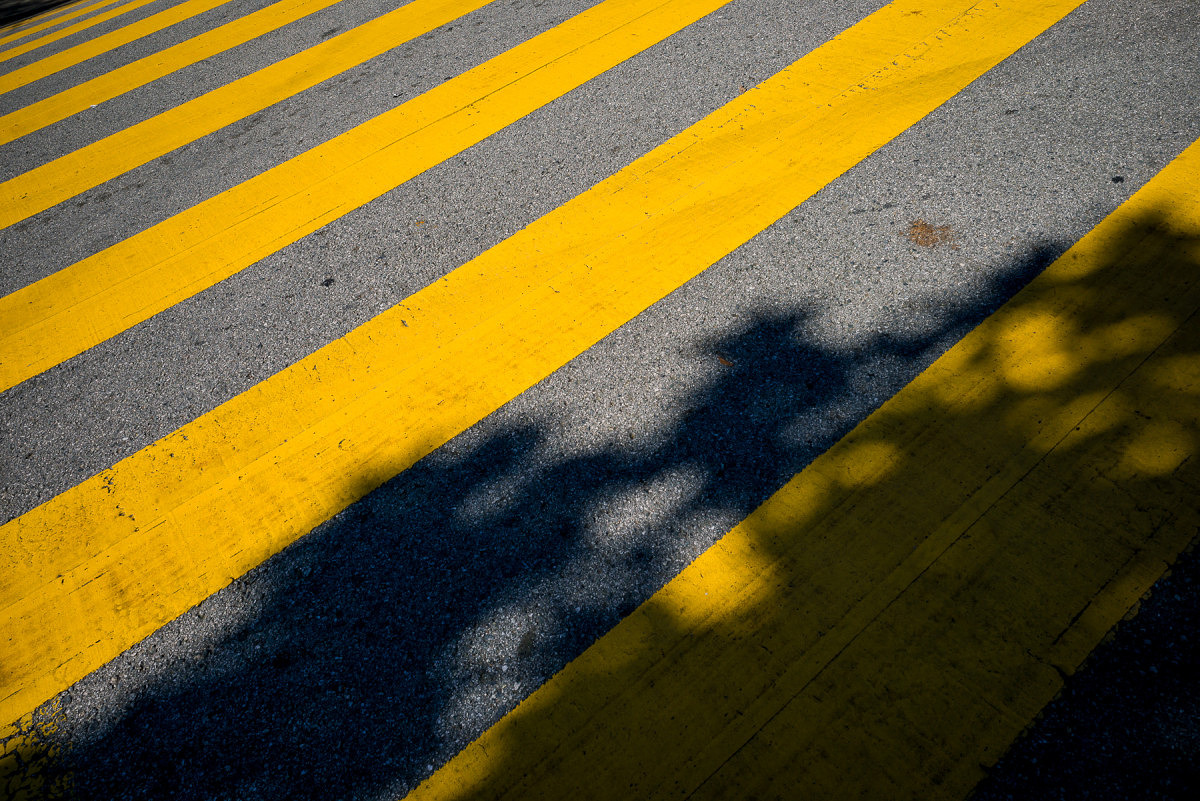

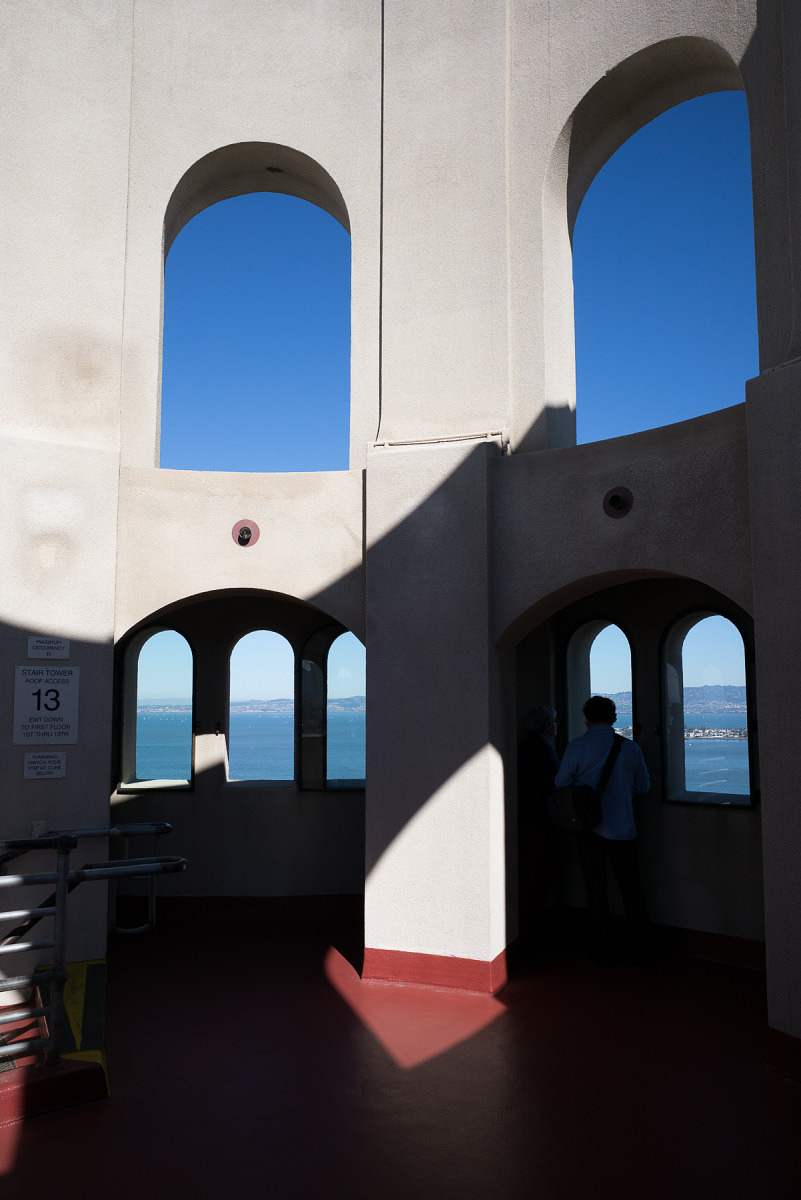
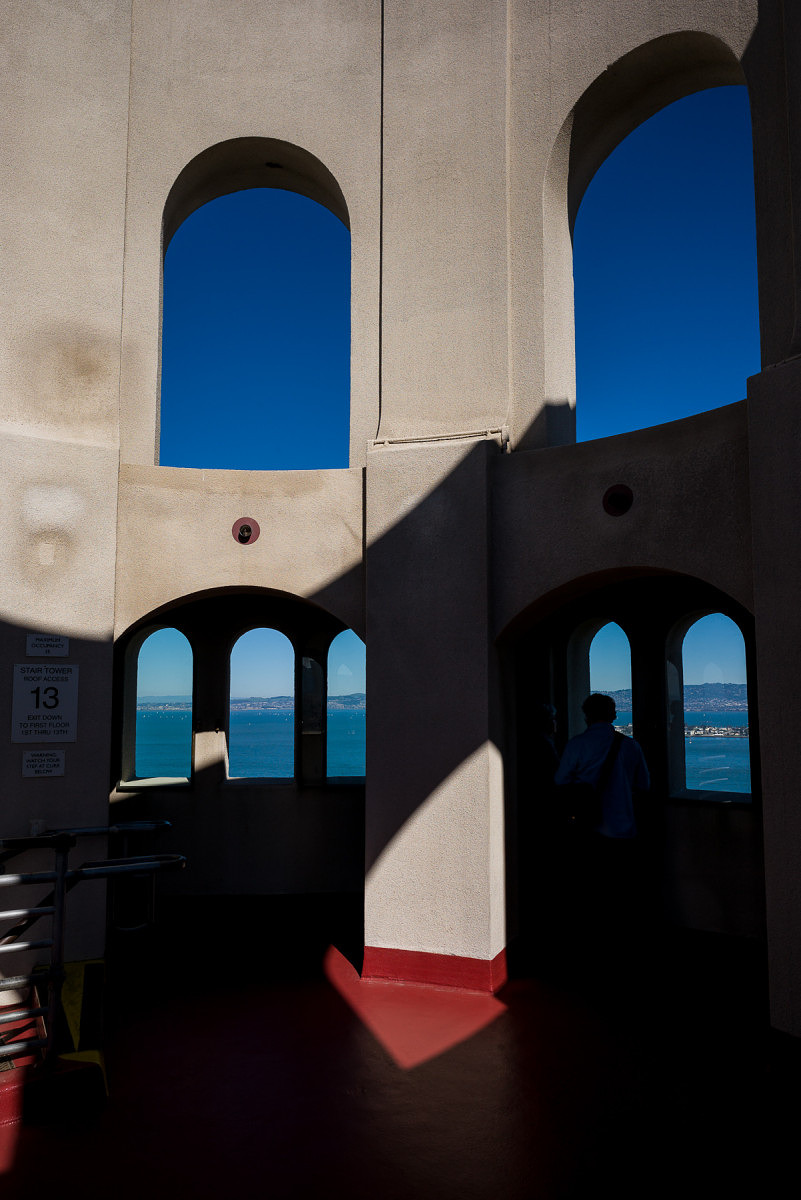
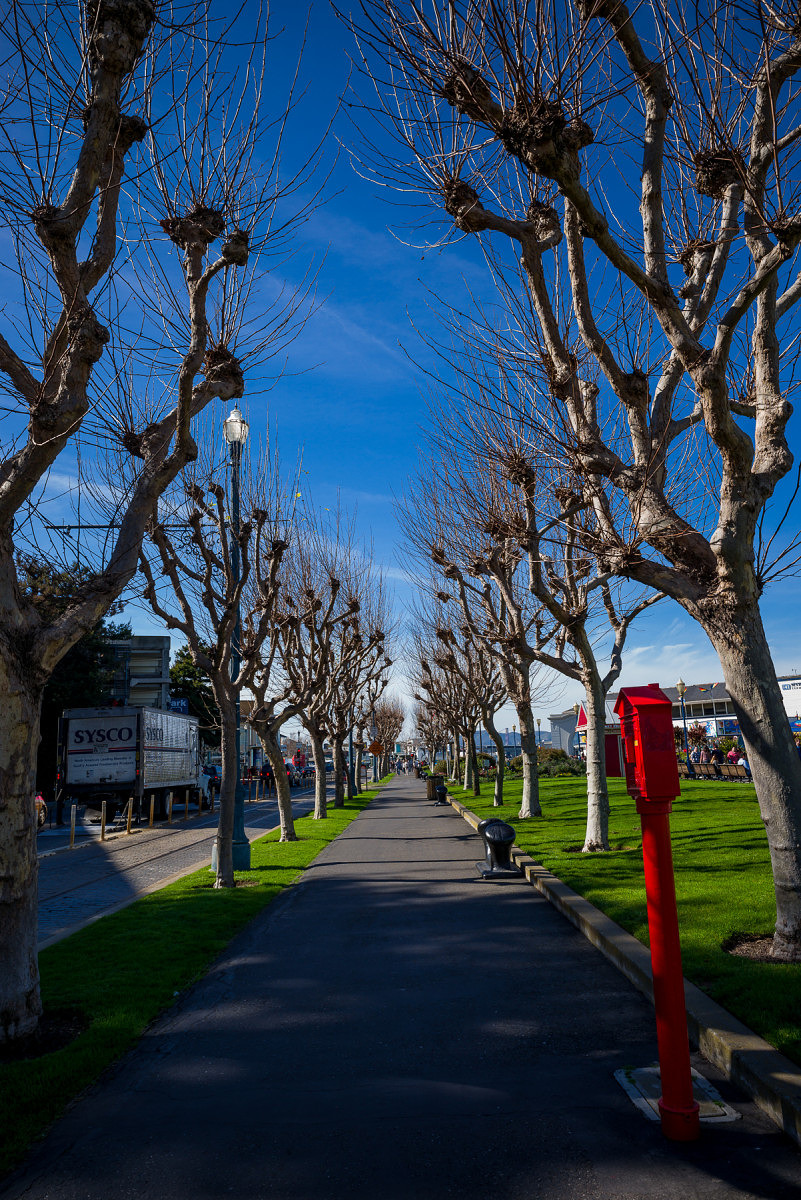

The Q sure feels like a game changer to me. It was too easy for me to place my order as this checks all of the boxes for me. I will always own an M and I cannot see anything taking it's place but this will be such a nice addition to my setup.
Great review David!
Thanks for the thorough (and enjoyable: great images!) review David. The Q seems to begin to address many of the shortcomings of the current M246 (low pixel EVF, not-so-great high ISO performance, shutter lag when using the EVF to name a few of my nits).
I am wondering if the Q has the ability, when you magnify the EVF view 3x or 6x, to choose where in the frame the magnified view is. This would be pre-exposure. Another one of my nits with the current M240.
Thanks very much again!
In the current Q firmware, you cannot move the magnified focus point. Given that the S007 running the same Maestro 2 processor will support this feature, a future firmware update might allow it. We'll have to see.
Panasonic makes some great cameras in collaboration with Leica (ex: the D-Lux), but the Leica Q does not seem like a tie-in with Panasonic, for the M-type body if nothing else.
I had the Monochrom and new Noctilux for about 6 months, and while it's a great combo, the primary reason to carry such a heavy and expensive piece of glass is the f0.95 aperture. But that aperture has an extremely small DOF, and unless you dedicate yourself to working with that constraint, you'd be disappointed. My Q doesn't arrive until 3 days from now, but already I have in mind that it will be much like the X Vario I had, at the low end of its zoom range, and somewhat like the Nikon ‘A' but with much better sensor, lens, and processing engine. For someone accustomed to shooting at the 28 mm effective focal length (ex: Nikon ‘A' or X Vario un-zoomed), the Q should be a dream come true.
Thanks for an awesome review, it indeed looks like what I was waiting for all these year, and I placed my preorder today at Leica Philippines, to my surprise the first they had received, the official launch here is next week on Friday 21st
Image quality on both M240/28 Lux and the Q will be quite good and fairly comparable. I haven't done any head to head testing yet, but I did just wrap up a workshop in Berlin where I shot with both cameras side-by-side. The results in LR are mixed together and match up very nicely.
The real advantage of the M is the flexibility to use other focal lengths, like the 50 APO that you have. On the other hand, the Q offers fast AF and macro capability.
I am not one for pre-post quality evaluations. In my mind, every file requires at least some basic post processing, just as even the finest quality food ingredients require some seasoning by the chef.
No, this is a pure Leica product. My understanding is that Panasonic's involvement was limited to specific components, such as AF and OIS.
Interesting idea on the electronic shutter. The leaf shutter is so quiet and introduces so little vibration, I'm not sure if there would be any advantage here.
As far as the ad-hoc connection, this is already available. A QR code on the camera's LCD is generated when using “Host” mode WLAN setup. Scan the QR code with the Q App on your phone or iPad and it sets up its own connection. Very simple.
I had the M9 + Noct combo for three years. Setting aside the price aspect, the Noct is a great lens at f5.6 and an amazing lens at f.95. However, at f.95, the Noct is very hard to focus and even more difficult in low light… the depth of field is so shallow (focus on the bridge of someones nose and their lips are out of focus) that for me focus success was very hit and miss.
But if you use the Noct with the M240 and the not-so-great EVF (too low resolution, in my opinion, a better EVF is the one for the T), then you will greatly increase your odds of low-light focus success with the Noct.
I also once bought into the CCD in the M9 being better than the CMOS in the M240. After using both and the M240 for 18 months, I think overall the M240 files have a little more “play” in them… less susceptible to banding, particularly in well saturated skies.
I did use the lens profile for the 28mm Summicron-M ASPH in Lightroom, since the Q hasn't been added to the lens database yet.
Thank you for the nice feedback. I do basic edits to taste in Lightroom after applying a preset to my images upon import. I probably spend a minute or two per image.
I'm not quite sure what you mean “change from right to left”. Could you elaborate?
Hi David, I believe he's trying to change the light meter/exposure compensation displays from
-3 -2 -1 0 1 2 3 to
3 2 1 0 -1 -2 -3